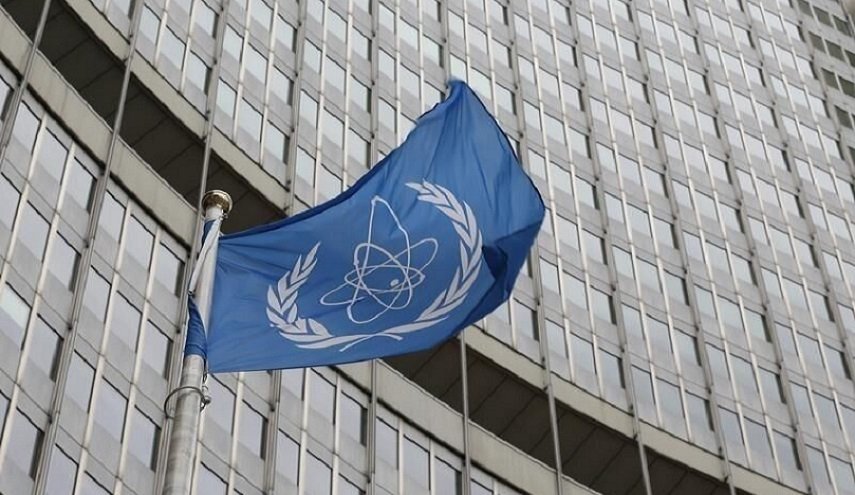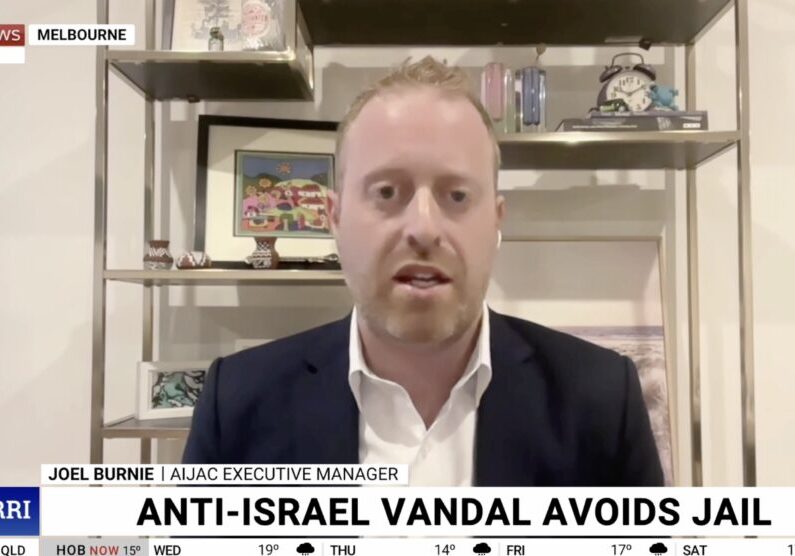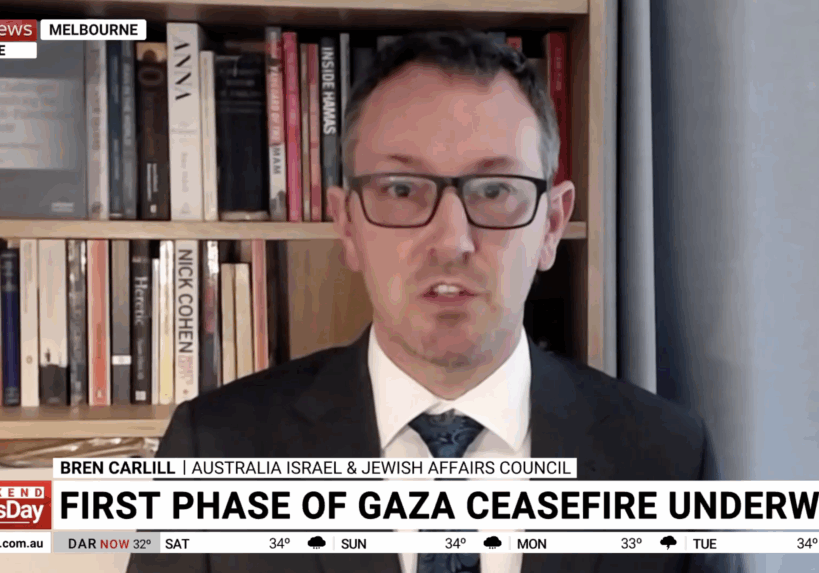FRESH AIR
Nuclear watchdog gets serious on Iran
March 5, 2020 | AIJAC staff

New IAEA reports highlight Iranian refusal to cooperate with inspectors, fast-growing enriched uranium stockpiles
In an unusual development, the International Atomic Energy Agency (IAEA) simultaneously issued two reports about Iran’s nuclear program on Tuesday, March 3 – one public and the other confidential, distributed only to IAEA member states.
The first demonstrated that, in violation of the Joint Comprehensive Plan of Action (JCPOA) nuclear deal signed in 2015, Iran has amassed almost enough low-enriched uranium to build a nuclear bomb. Iran has been gradually violating its commitments under the JCPOA since last year, in response to the US withdrawal from it and imposition of sanctions beginning in 2018.
The second report allegedly condemns Iran for denying IAEA monitors access to two sites suspected of being used for nuclear research.
Here are the key findings:
Report 1 – Verification and monitoring in the Islamic Republic of Iran in light of UNSCR 2231
This is the latest public report summarising the state of implementation and compliance by Iran with the 2015 nuclear deal (JCPOA). These reports are issued regularly.
Main findings:
- As of late February 2020, Iran’s uranium stockpiles consists of :
| Quantity | Remark | |
| Total enriched uranium | 1020.9 kg | This is 648.6 kg more than noted in the previous IAEA report late last year. The JCPOA says Iran can stockpile no more than 300kg of enriched uranium. |
| of which Uranium Hexafluoride (UF6) | 996.5 kg | UF6 is a gas injected into centrifuges, where military-grade highly enriched uranium can be produced |
The total stockpile of Iran’s enriched uranium is made out of two types:
| Uranium enriched to | 3.67% | 214.6 kg | This enrichment level, but not the quantity, is in line with JCPOA limits of enrichment. |
| 4.5% | 806.3 kg | This enrichment level is higher than permitted under the JCPOA, which limits enrichment to 3.67%. |
- The report says Iran has been conducting nuclear research and development (R&D) activities forbidden under the JCPOA. These include:
-
- Withdrawing additional IR-1 centrifuges (and related equipment) from storage, setting them up in cascades and enriching uranium in them.
- Setting up dozens of advanced IR centrifuges (types 2m, 4, 5, 6, 6s, 6sm, 7, 8, 8s, 8b, 9) in single or cascade format and testing their operation. In some cases, UF6 was fed into the centrifuges.
- Producing centrifuge rotor tubes and bellows used for activities beyond those permitted under the JCPOA. Not all that production is monitored by the IAEA.
- In recent years, almost all IAEA reports on Iran have been very brief – usually a single page devoid of meaningful details and making no judgements about Teheran’s behaviour even after Iran began openly violating its JCPOA commitments last year. This latest report reverts back to the wide, in-depth and critical format used in IAEA reports on Iran before the JCPOA agreement, extensively pointing to Iranian breaches of its nuclear commitments. As such, it appears to signal a substantial shift in IAEA’s approach to the monitoring of Iran.
Report 2 (confidential)
Media reports say the second confidential IAEA report is dedicated to three sites belonging to Iran’s military nuclear project, known to have been active last decade.
According to diplomats who saw the report, it discusses:
- A site, likely located at Marivan, previously known to the IAEA as being related to Iran’s atomic bomb project (called Project AMAD). Analysis of information from Iran’s secret nuclear archive, spirited out of Teheran by Israel in January 2018, shows that, in 2003, Iran conducted advanced tests of a shock wave generator at Marivan. This is a device required to initiate the detonation of a nuclear warhead.
- Iran’s lack of cooperation with the IAEA investigation of an alleged “atomic warehouse” in the Turquzabad neighbourhood of Teheran. Traces of enriched uranium were detected by IAEA inspectors at this site, which was publicly exposed by Israel’s Prime Minister Benjamin Netanyahu in 2018.
- The IAEA is examining more locations uncovered in Iran’s secret nuclear archive.
More specifically, the report is alleged to:
- Strongly criticise Teheran for denying access by IAEA monitors to two of the sites mentioned.
- Note that the agency has detected, from early July 2019, activities conducted by Iran in one of the locations visited by the inspectors to sanitise the site. This could mean construction works to hide or remove the remnants of nuclear materials.
- Reveal that IAEA is trying to understand whether natural uranium was used at one of the three sites yet to be visited by IAEA inspectors.
- Criticise Iran for avoiding discussing with the agency outstanding and unresolved issues with regards to undeclared nuclear material and nuclear-related activities. The report is said to note that Iranian authorities had informed the IAEA that it “will not recognize any allegation on past activities and does not consider itself obliged to respond to such allegations.”
IAEA Director General Rafael Grossi’s explanation
Commenting on the two reports, the new IAEA Director-General, Argentinian Rafael Grossi, who took up his post in December, explained the decision to issue the two reports and warned Iran that it must now cooperate with the agency, saying :
- “We have been requesting some information and access from Iran but we haven’t been getting the information we require… We have insisted and despite all our efforts we have not been able to get that, so the situation requires on my part such a step because what this means is that Iran is curtailing the ability of the agency to do its work.”
- “I sincerely hope that Iran will listen to us and listen to the voice of the international community at the board of governors and assess that it is in their own interest to cooperate with us”.
- “I judged it necessary to produce a second report because I thought the situation is serious enough to merit such a move on my part.”
Implications of the two reports
- Experts estimate that Iran would need to add only 30kg more to its current 1020.9 kg stockpile of low-enriched uranium to have the amount it would need to produce a warhead if it further enriched these stockpiles to the military levels of 90% enrichment.
- Amassing close to 1 ton of low enriched uranium, more than 3 times the JCPOA limit, together with the R&D activities on advanced centrifuges, means that the “breakout time” for Iran to produce a nuclear bomb is now at best a few months, much less than the one-year warning time promised by the negotiators of the JCPOA.
- It is clear Teheran is continuing to pursue consistent, gradual and yet aggressive steps to steadily shorten its breakout time.
- The new head of the UN nuclear watchdog, Argentinian Rafael Grossi, appears to be stepping up the pressure on Iran. This is a positive change from the relatively cautious and conciliatory approach taken by previous IAEA heads, Egyptian Mohamed Elbaradei and the late Yukiya Amano from Japan.
- The IAEA has apparently reopened, or at least renewed, the investigation into the outstanding questions in the Iranian nuclear file, dealing with its military nuclear project that was active at least until 2003. Following the 2015 JCPOA nuclear deal, and under pressure from JCPOA signatory states, all investigations on “past military dimensions” of Iran’s nuclear program were effectively closed following an inconclusive report issued in early 2016.
- Another positive development is what looks like a more timely and extensive use by the IAEA of the valuable intelligence exposed in Iran’s secret nuclear archive that was seized by Israel. Israel and the US have previously been critical of the IAEA’s apparent reluctance to analyse and follow-up on this unprecedented treasure trove of information on Iran’s nuclear program.
RELATED ARTICLES

Sentencing for antisemitic vandalism “manifestly inadequate”: Joel Burnie on Sky News

“Bittersweet” aftermath of hostage release deal: Joel Burnie on Sky News





















